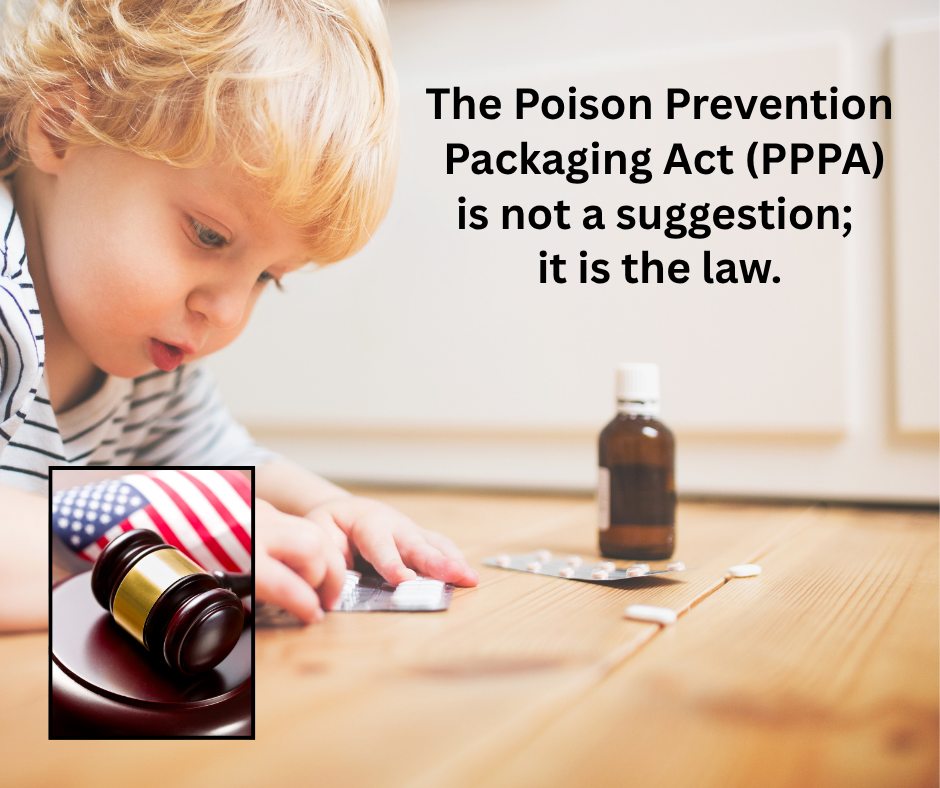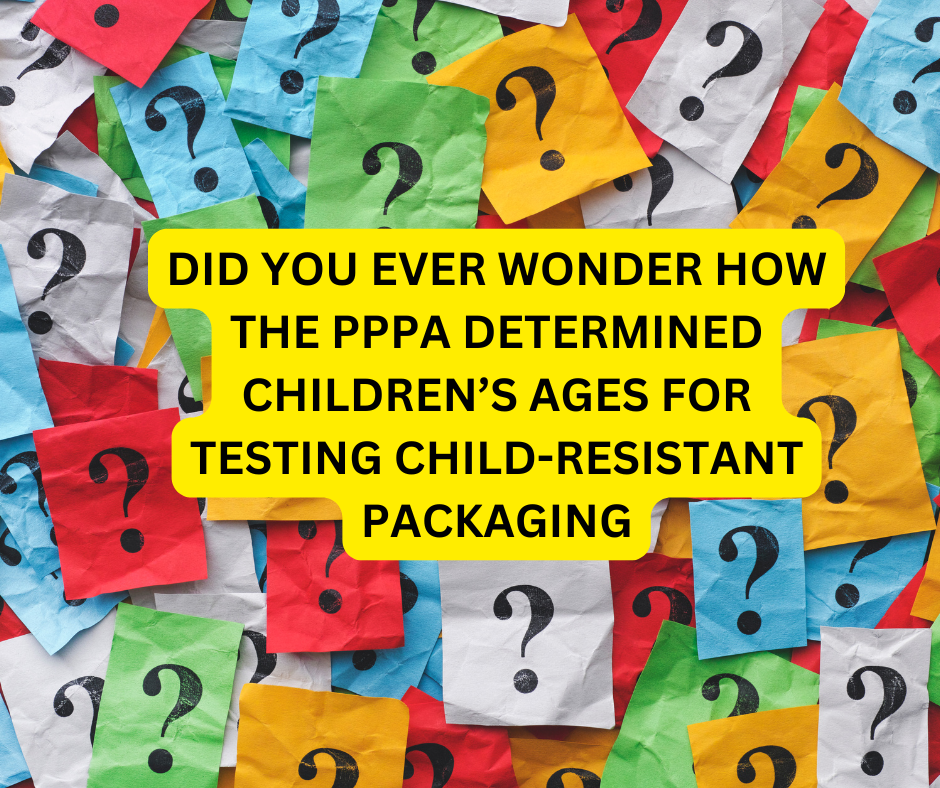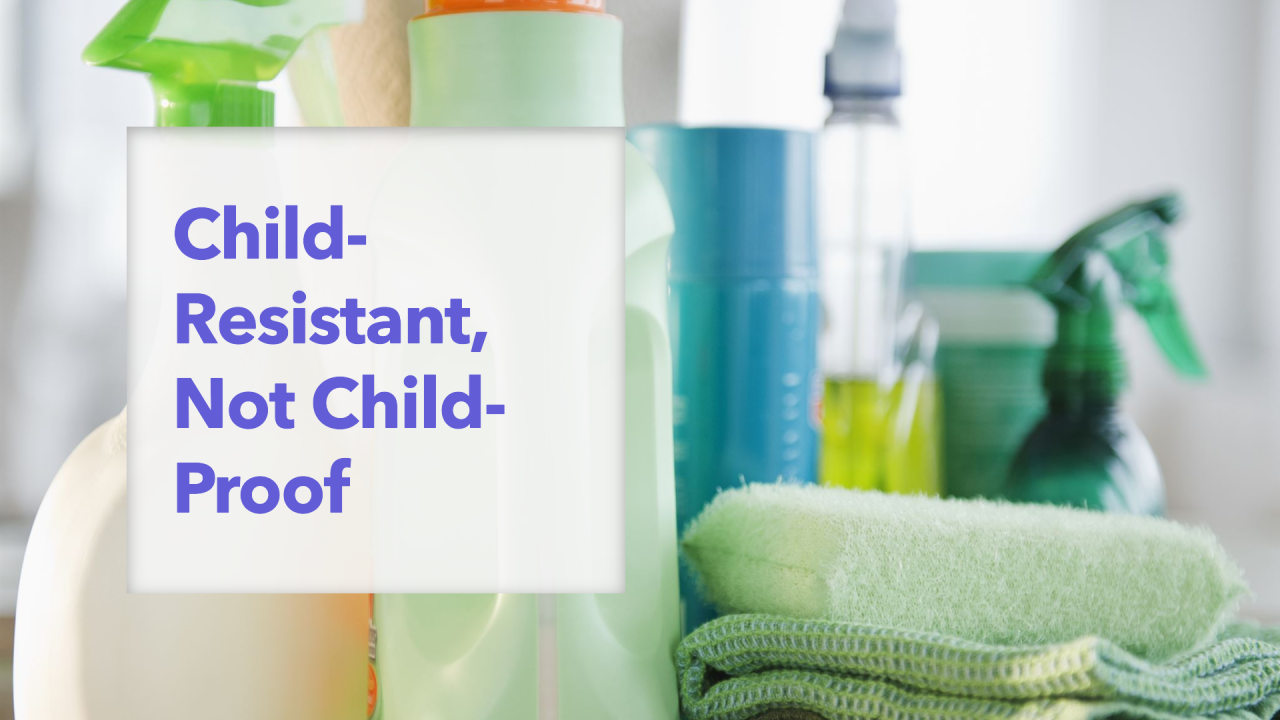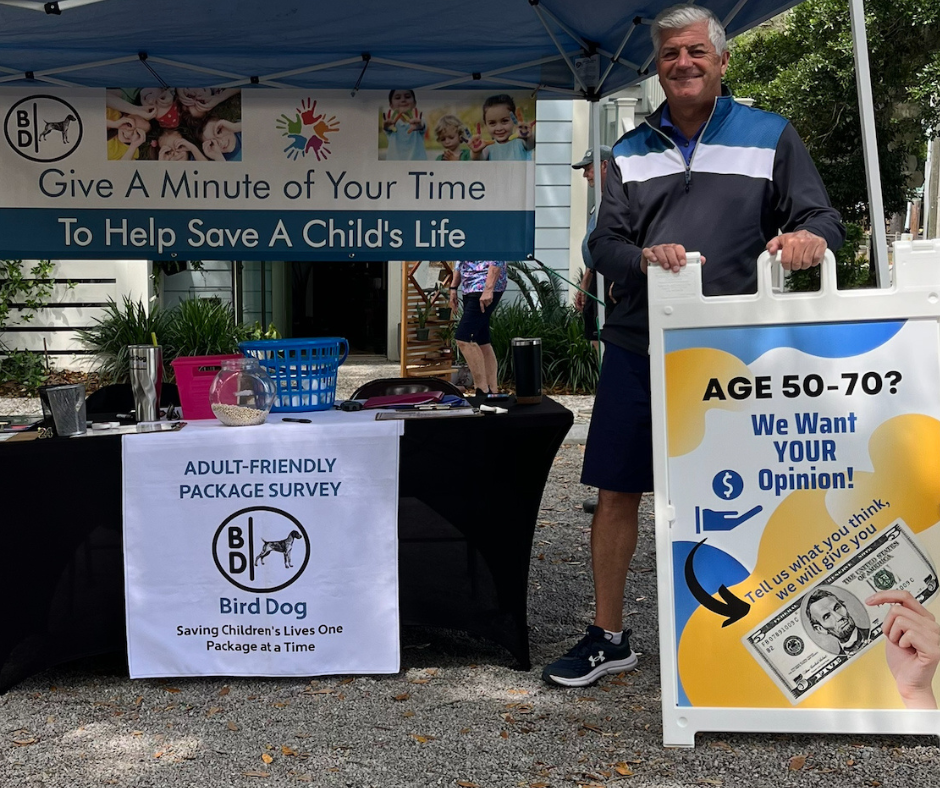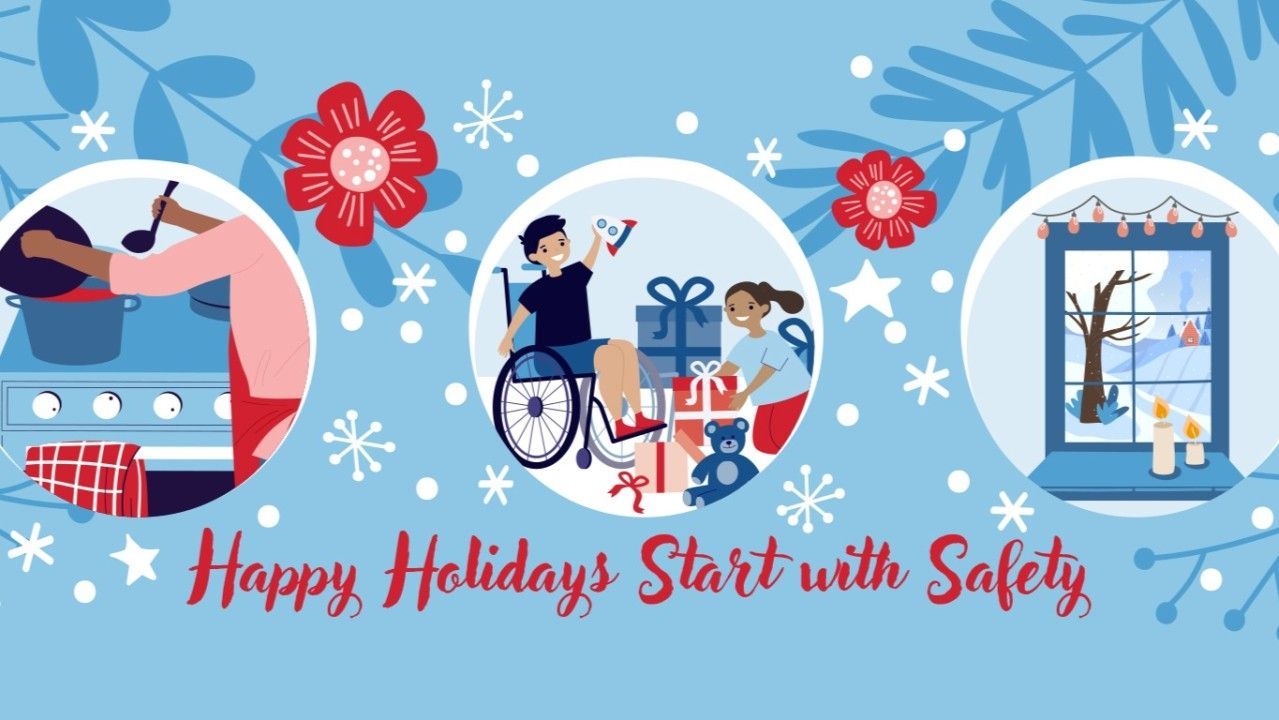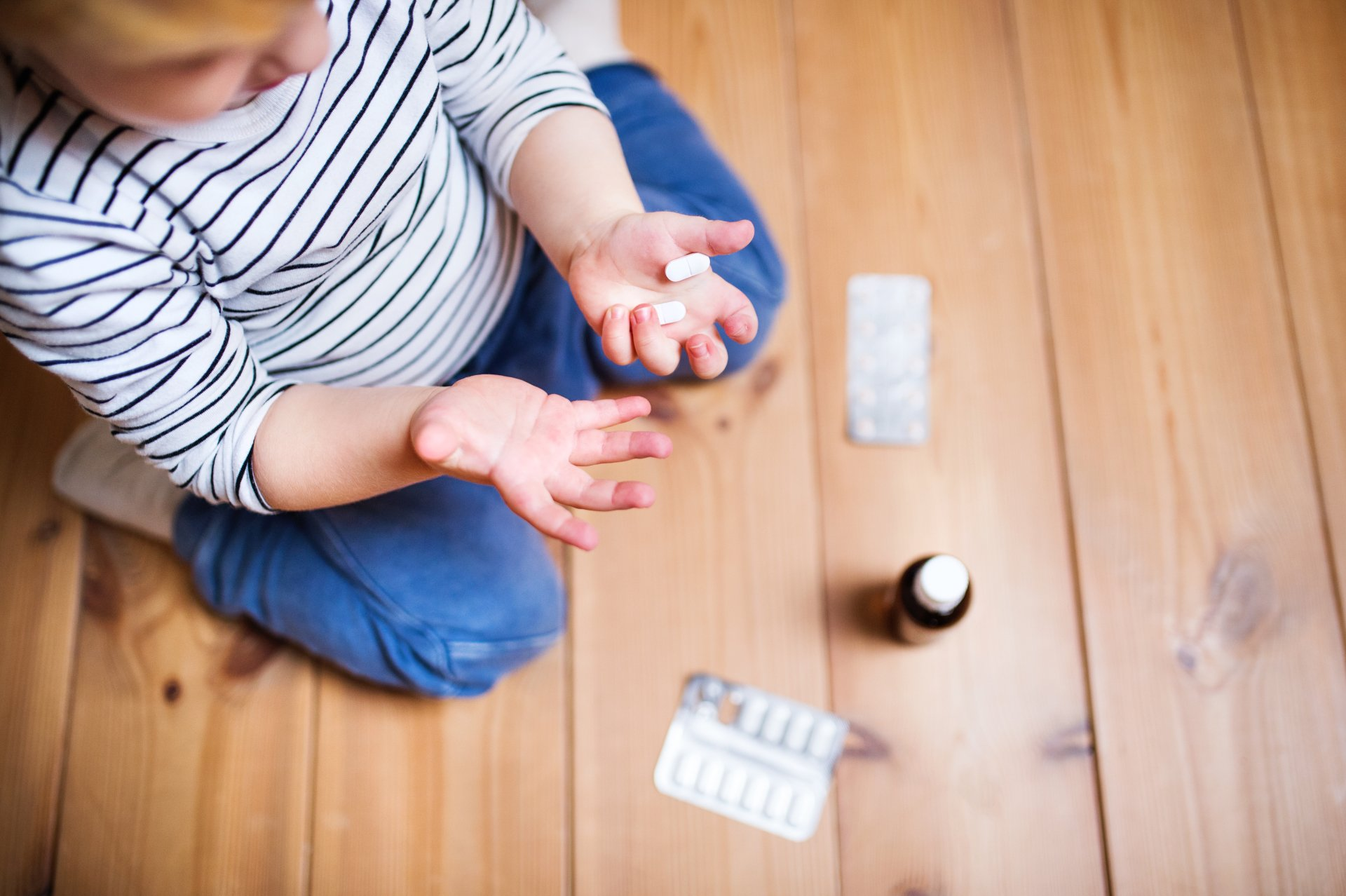Protecting Our Little Ones: The Importance of Child-Resistant Packaging in Preventing Accidental Poisoning
The Importance of Child-Resistant Packaging in Preventing Accidental Poisoning
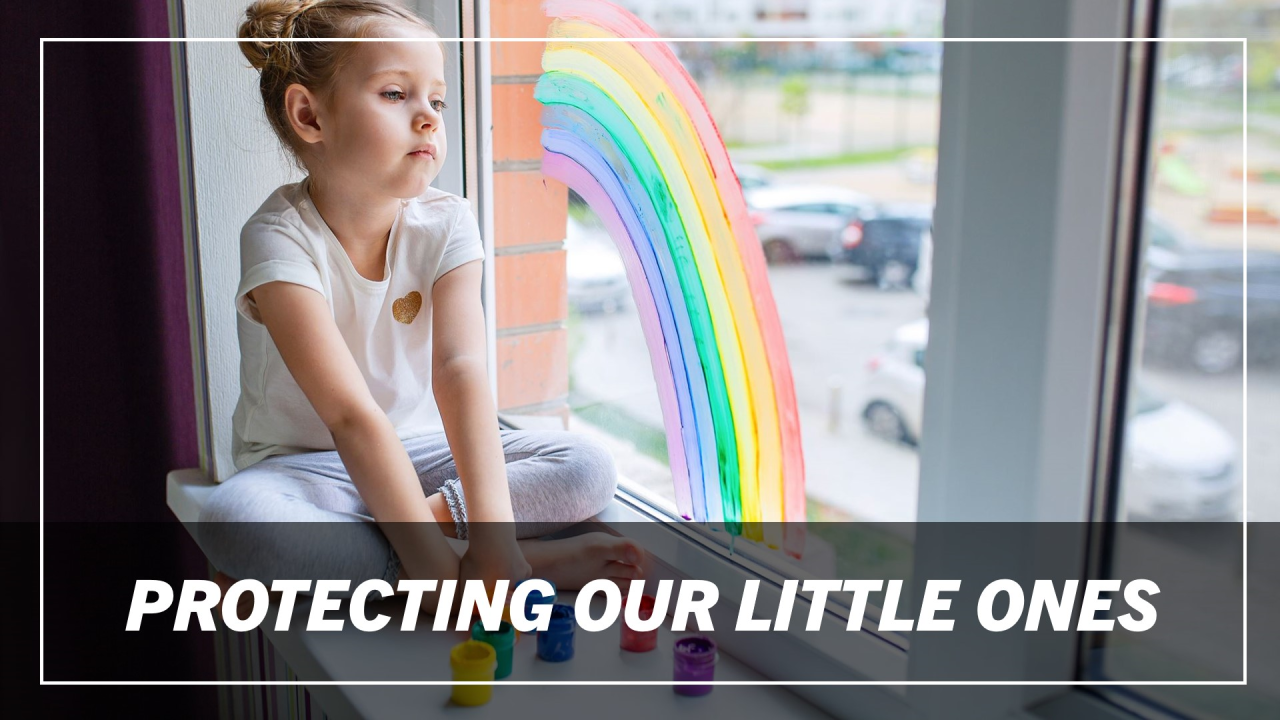
Every year, thousands of children under the age of five face serious health risks due to unintentional poisonings. According to the National Poison Data System, children in this age group account for a significant portion of the over 2 million poison exposures reported annually in the United States. Many of these incidents involve everyday household products, including medications, cleaning supplies, and even certain plants.
The Statistics: A Cause for Concern
- High Risk Age Group: Children aged 1 to 4 are particularly vulnerable, with the majority of poisonings occurring during their exploration of the world around them.
- Common Culprits: Over-the-counter medications, prescription drugs, and household cleaners are among the most common substances involved in these incidents.
- Emergency Visits: The CDC reports that poisoning leads to more than 300,000 emergency room visits each year for children under five.
These statistics are alarming and highlight the urgent need for preventive measures to protect our children. One highly effective strategy has been the implementation of child-resistant packaging.
How Child Resistant Packaging Works
Child-resistant packaging is designed to be difficult for young children to open while still being accessible to adults. Here is how it helps:
- Barrier to Access: The packaging includes mechanisms that require a specific action - like pressing down while turning - to open, which many children are unable to figure out.
- Education and Awareness: Many manufacturers accompany their child-resistant packaging with clear labeling and instructions, further educating parents about safe storage practices.
- Proven Effectiveness: Studies have shown that child-resistant packaging can reduce the risk of accidental poisoning. For instance, the Consumer Product Safety Commission estimates that such packaging has prevented millions of poisonings since its introduction.
What Can Parents Do:
While child-resistant packaging is a crucial tool in preventing poisoning, it is not a foolproof solution. Here are additional steps parents can take:
- Store Safely: Always keep medications and hazardous substances out of reach or in locked cabinets.
- Be Informed: Familiarize yourself with common household items that could pose poisoning risks.
- Act Quickly: If you suspect your child has ingested something harmful, call your local poison control center immediately.
Conclusion
The statistics on child poisoning are sobering, but the use of child-resistant packaging represents a vital line of defense in keeping our children safe. By understanding the risks and taking proactive steps, we can significantly reduce the likelihood of these tragic incidents. Let's work together to create a safer environment for our little explorers!
If you find this information helpful, share it with other parents and caregivers to spread awareness. Together, we can protect our children from potential dangers at home.
If you have any questions regarding child-resistant packaging and how to meet child-resistant package regulations - call Bird Dog Marketing Group LLC at 717-615-9022 or email sales@birddogmarketinggroup.com.
Bird Dog Marketing Group is an international industry leader in Child Resistant (CR) and Senior Adult Use Effectiveness (SAUE) protocol testing. For over 55 years, we have been providing comprehensive research and testing services and have a record of success in safety and child-resistant package testing. We have tested and evaluated thousands of different package types, including unit dose packages, pouches, bottles and containers with a variety of closures, aerosol cans, pump dispensers and more. Our team provides an assurance of accuracy and hyper-focused attention to detail for all package testing.
